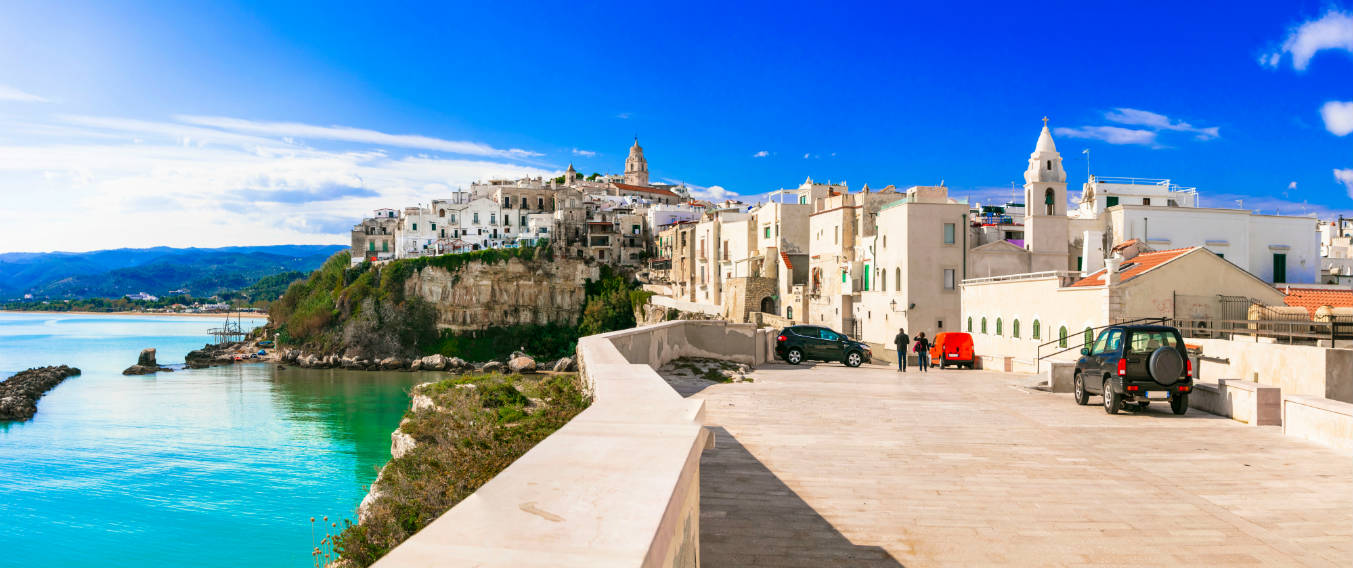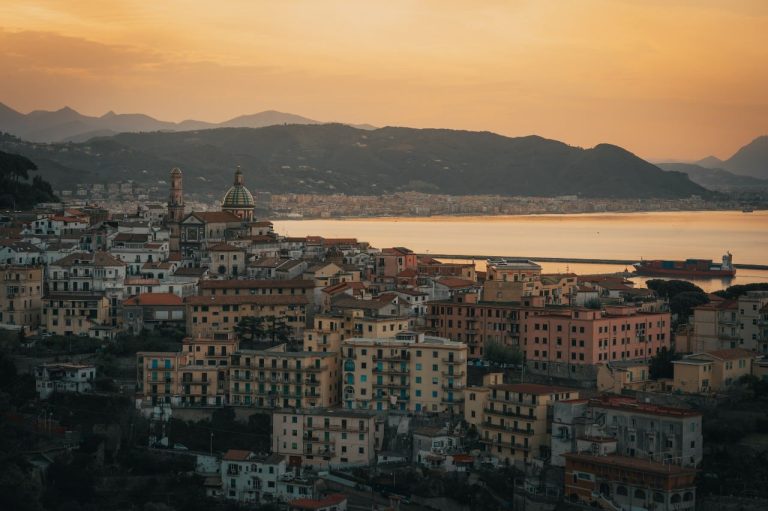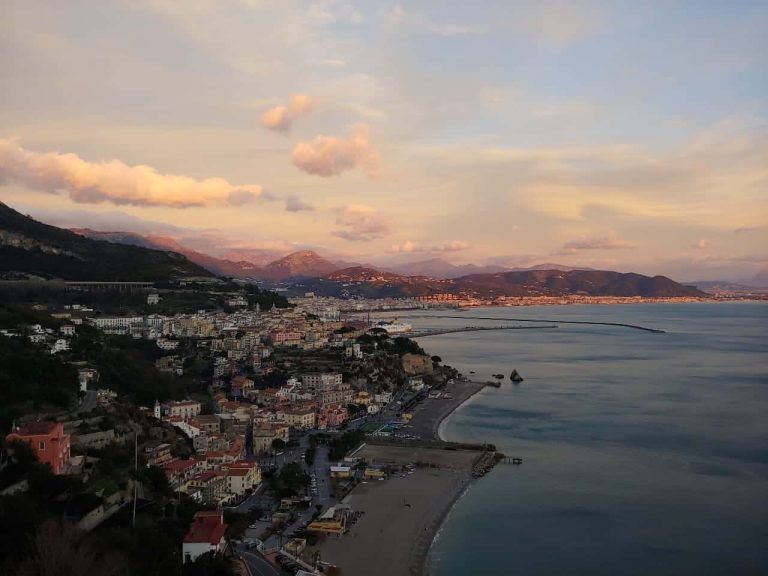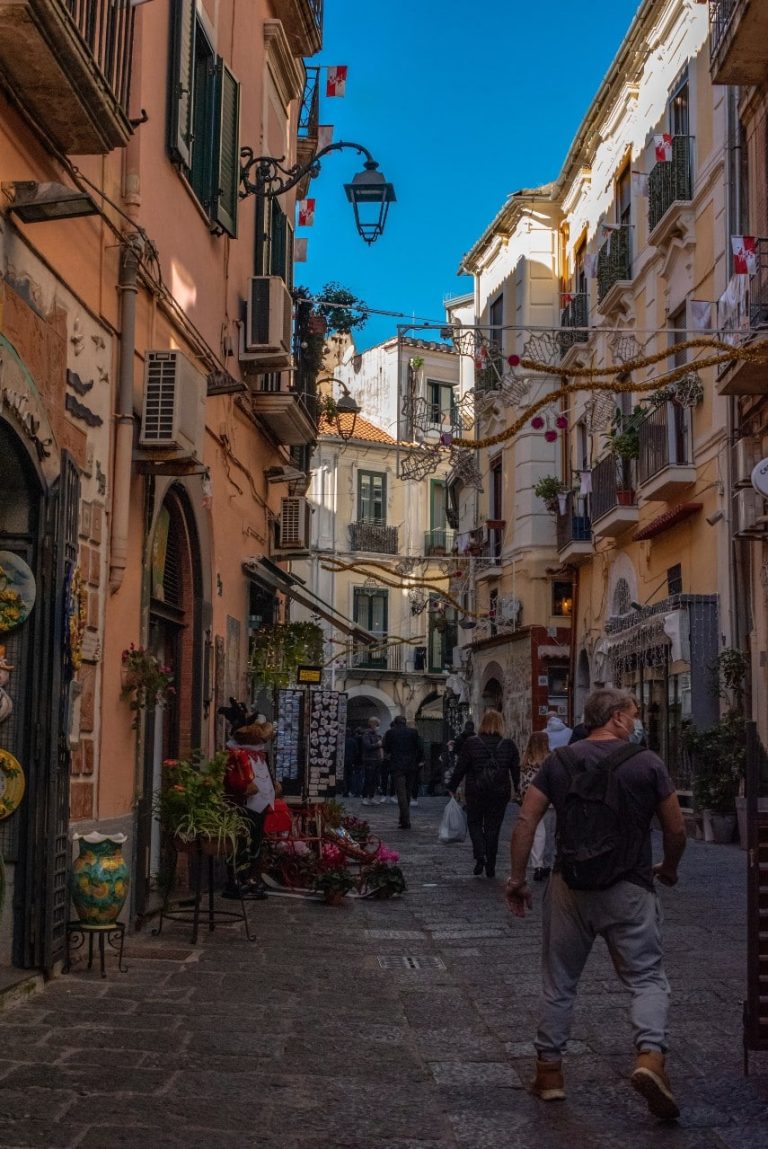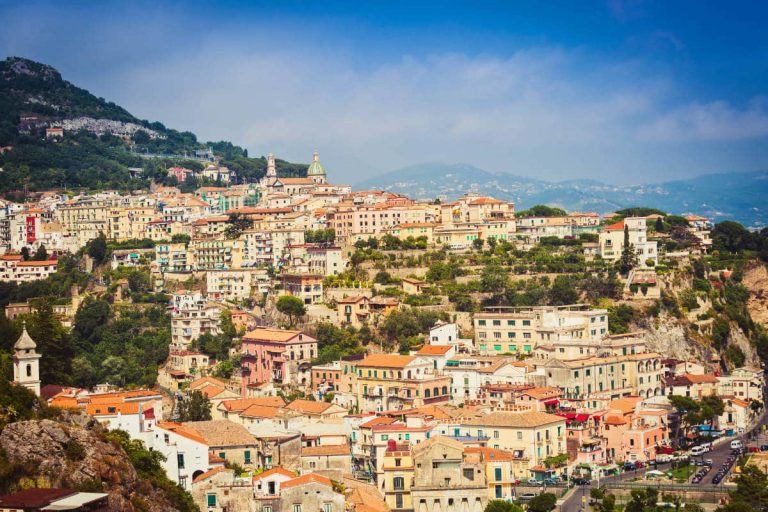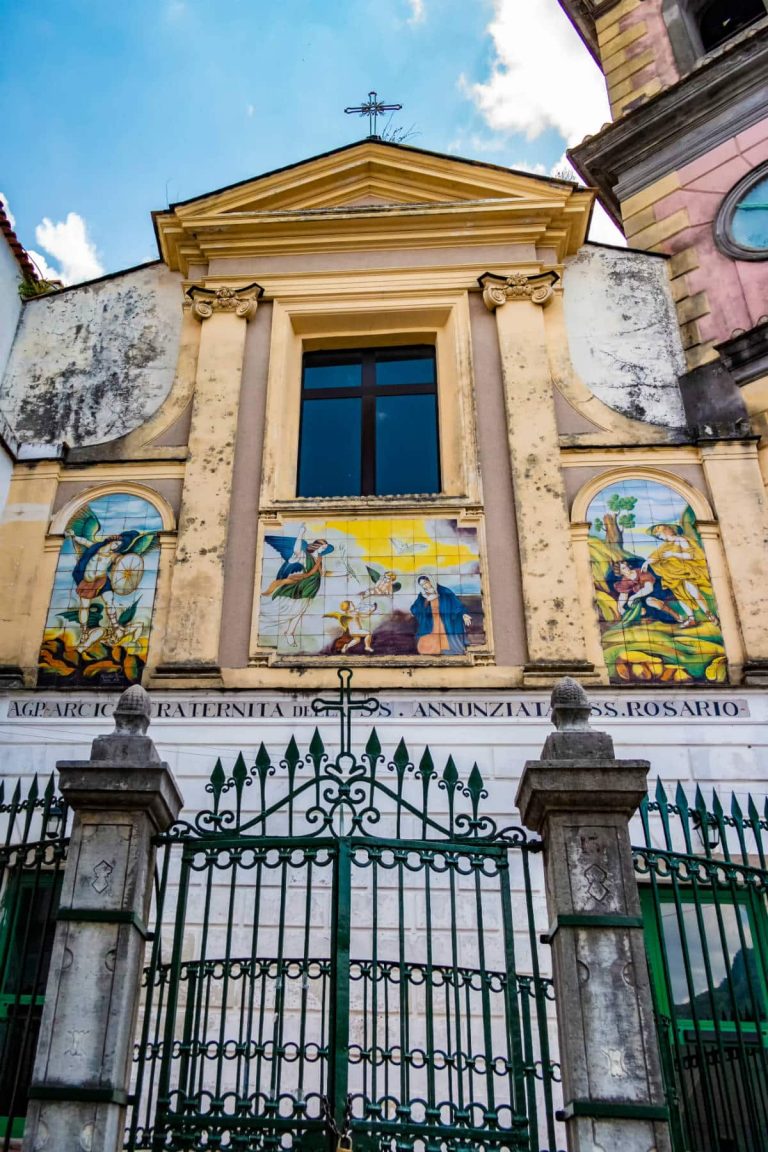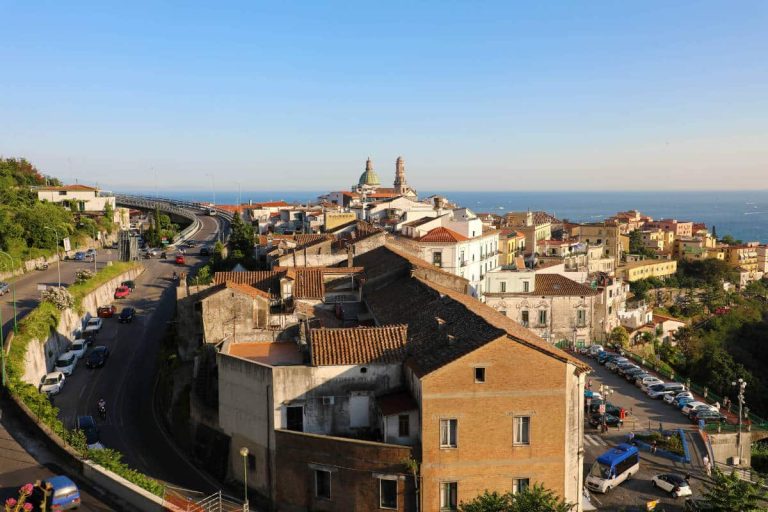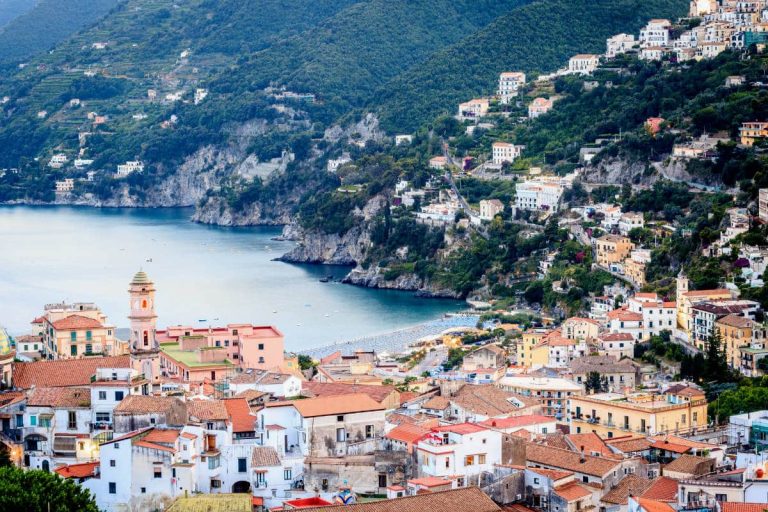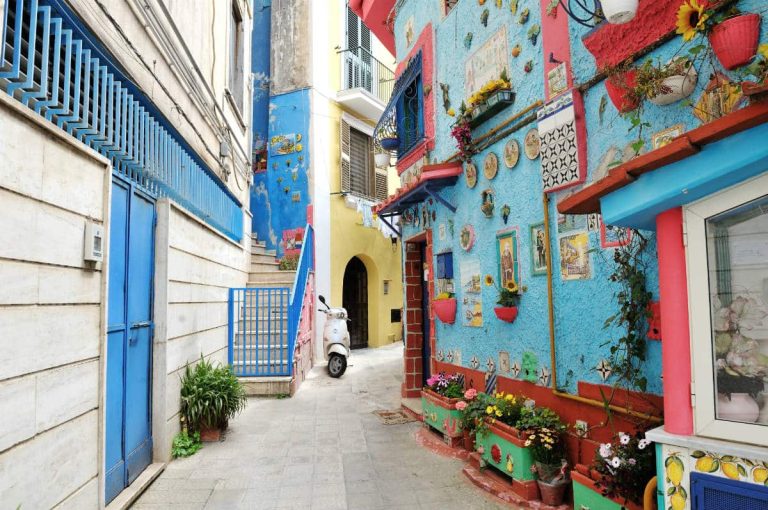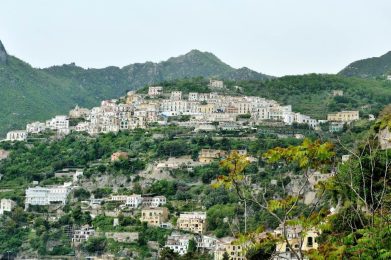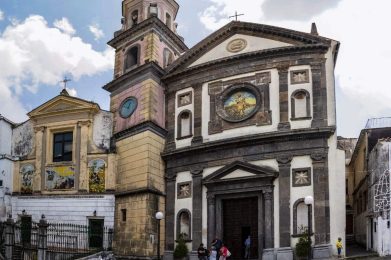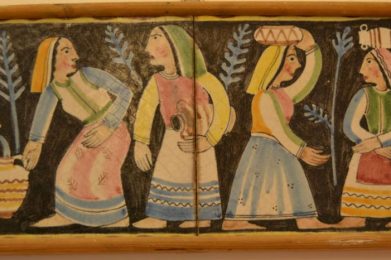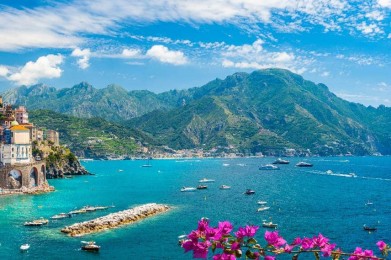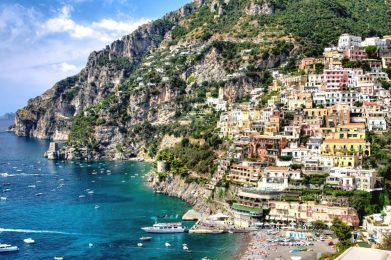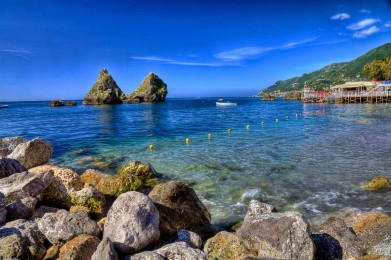Vietri sul Mare is a charming village located along the beautiful Amalfi Coast, in the province of Salerno. This seaside town is famous not only for its natural beauty, but also for its rich history and craft traditions, particularly that of ceramics. Nestled on a hill overlooking the sea, Vietri's historic center is a maze of narrow streets, colorful houses, and breathtaking views.
The history of Vietri sul Mare is fascinating and dates back to ancient times. It is identified with ancient Marcina, a coastal settlement that saw several civilizations pass through, from the Etruscans to the Samnites to the Romans. In past eras, the port of Marina di Vietri was an important trading point, used by the monks of the Abbey of Cava de' Tirreni. This connection to Cava's religious and commercial history helped shape the identity of Vietri, which was its own hamlet until 1806.
Between ceramics and monuments
One of the most fascinating aspects of Vietri is its ceramic tradition, which dates back to the late Renaissance and continues to be a distinctive symbol of the town. The ceramic workshops, with their colorful majolica tiles, are a major tourist attraction, attracting visitors from all over the world. Each piece tells a story, and Vietri's famous yellow, a unique and unrepeatable color, is the result of a combination of artistic influences and chemical techniques, thanks in part to the arrival of the Germans in the post-war period.
Vietri's historic center also offers monuments of great architectural value, including the Parish Church of St. John the Baptist, dedicated to the village's patron saint. The church features a splendid majolica dome, which is a distinctive feature of Vietri's skyline and a significant example of local ceramic art. The hamlets surrounding the center, such as Albori and Raito, are also worth a visit, each with its own charm and peculiarities.
Albori, in particular, has been recognized as one of the most beautiful villages in Italy, with its narrow alleys and houses overlooking the sea. This place is a real gem, where time seems to stand still and the beauty of the surrounding landscape is breathtaking. Nature here is lush, with woods of chestnut and holm oaks alternating with terraces planted with vines and citrus trees. The hamlet of Albori is also home to Pinguicola hirtifolia, a rare carnivorous plant that is a testament to the biodiversity of the area.
Marina di Vietri, the coastal area, has a lively seaside atmosphere, with numerous bars, restaurants and clubs enlivening the town's summer life. Here are the characteristic "two brothers," two rocks that emerge from the sea and have become a symbol of the locality. The beach of Marina di Vietri is a great place to relax, sunbathe, and enjoy traditional local culinary specialties, including fresh fish dishes and the famous lemons of the Amalfi Coast.
Another evidence of Vietri's craft tradition is the master shipwrights, the artisans of the time who built the local boats, such as cianciole and gozzi, used for fishing. These trades, along with the working of iron to make carts and wheels, constitute a cultural heritage that tells the story of a town tied to its seafaring and farming traditions.
In short, Vietri sul Mare is a place that enchants with its beauty, history and culture. Every corner tells a story, every view offers a postcard view. To visit this village is to immerse yourself in a unique experience, where traditional craftsmanship, history and nature intertwine in a perfect embrace. There is no doubt that Vietri sul Mare represents an unmissable stop for those wishing to explore the Amalfi Coast.

